When it comes to overall strength and fitness, building a strong core is essential for men. A strong core not only enhances physical performance but also helps prevent injuries and promotes better posture. However, achieving a strong core requires more than just doing countless sit-ups. In this article, we will explore the importance of a strong core, provide valuable tips on diet and exercise, and guide you through effective core-building techniques.
Understanding the Core
Before diving into the specifics of core training, it’s important to understand what exactly the core comprises. The core muscles include not only the abdominals but also the back, hips, and pelvis. These muscles work together to provide stability and support to the entire body during various movements and activities.
Benefits of a Strong Core
Developing a strong core comes with a multitude of benefits. Firstly, it improves overall body stability and balance, making everyday activities easier and more efficient. A strong core also enhances athletic performance, enabling men to generate more power and transfer energy effectively. Additionally, a strong core helps alleviate lower back pain and reduces the risk of injuries, particularly during intense physical activities.

Related: How to Build Muscle Mass for Men, According to Experts
Diet and Nutrition for Core Strength
Proper diet and nutrition play a vital role in building a strong core. When it comes to core strength, it’s important to focus on providing your body with the right nutrients to support muscle growth and repair.
A balanced diet should include lean proteins such as chicken, fish, tofu, and legumes, which provide the necessary amino acids for muscle development. Incorporating healthy fats from sources like avocados, nuts, and olive oil is essential for overall health and hormone production. Complex carbohydrates like whole grains, fruits, and vegetables provide sustained energy for workouts.
Additionally, staying hydrated is crucial to support digestion, nutrient absorption, and overall health. Remember to listen to your body’s hunger and fullness cues, and aim for portion control to maintain a healthy weight. By fueling your body with the right nutrients, you’ll optimize your core-building efforts and achieve better results.
Related: The Benefits of Taking Ginseng Supplements for Energy and Immune Support
Core Exercises for Men
To target and strengthen the core muscles effectively, incorporating specific exercises into your workout routine is essential. Let’s explore some of the most effective core exercises for men:

Crunches and Sit-Ups
Crunches and sit-ups are classic exercises that have long been associated with core training. When performed with proper form and technique, these exercises can effectively target the abdominal muscles and contribute to core strength and definition. During crunches, focus on contracting the abdominal muscles and lifting your upper body off the floor while keeping your lower back pressed against the ground.
Sit-ups involve a fuller range of motion, engaging not only the abdominals but also the hip flexors. Remember to breathe deeply and avoid pulling on your neck or using momentum to perform the movements. By incorporating crunches and sit-ups into your core workout routine, you can specifically target the abdominal muscles and work towards a strong and defined core.
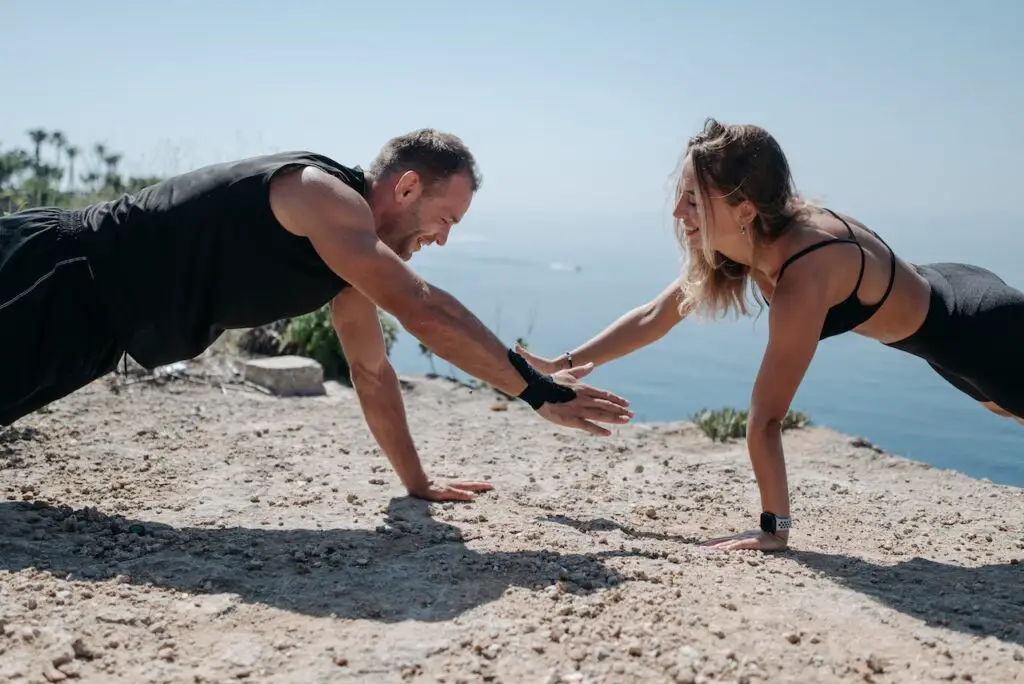
Planks
Planks are a versatile and highly effective exercise for strengthening the core muscles. To perform a plank, start by assuming a push-up position, with your hands directly under your shoulders and your body in a straight line from head to heels. Engage your core by drawing your belly button towards your spine and squeezing your glutes. Hold this position for a designated period, gradually increasing the duration as you build strength.
Planks engage not only the abdominal muscles but also the back, shoulders, and glutes, making them a full-body exercise. They promote core stability and endurance, helping to improve posture and reduce the risk of injuries. By incorporating planks into your core training routine, you can develop a strong and stable core foundation.
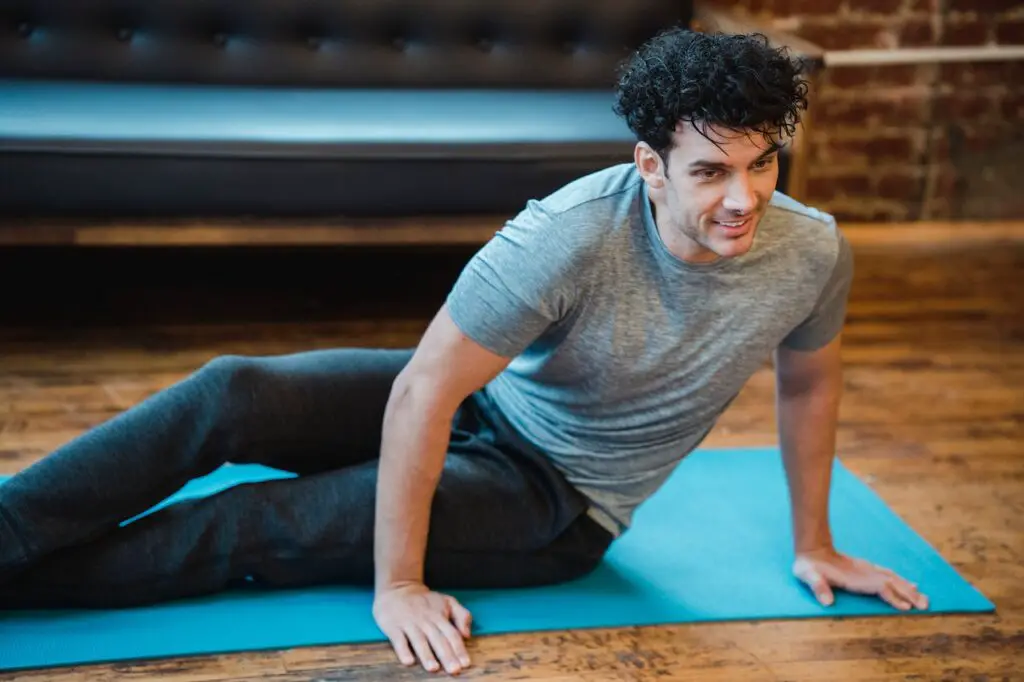
Related: The Importance of Stretching for Men
Russian Twists
Russian twists are a dynamic core exercise that targets the oblique muscles, which play a crucial role in rotational movements. To perform Russian twists, sit on the ground with your knees bent and feet lifted off the floor. Lean back slightly while keeping your core engaged.
Hold a weight or medicine ball in your hands and twist your torso from side to side, touching the weight to the ground on each side. This exercise effectively engages the oblique muscles, helping to strengthen and define the sides of your core. It also improves rotational stability and enhances overall core strength. By incorporating Russian twists into your core routine, you can develop a well-rounded and functional core.
Leg Raises
Leg raises are a challenging yet effective exercise for targeting the lower abdominal muscles. To perform leg raises, lie on your back with your legs extended and your hands by your sides or placed underneath your lower back for support. Keep your core engaged as you slowly lift your legs off the ground, maintaining control throughout the movement. Focus on using your abdominal muscles to lift your legs, avoiding any swinging or momentum.
Lower your legs back down with control and repeat for the desired number of repetitions. Leg raises help strengthen the lower abdominal muscles, contributing to a more defined and strong core. Additionally, they engage the hip flexors and improve stability and control. Incorporate leg raises into your core routine for a comprehensive and effective workout.
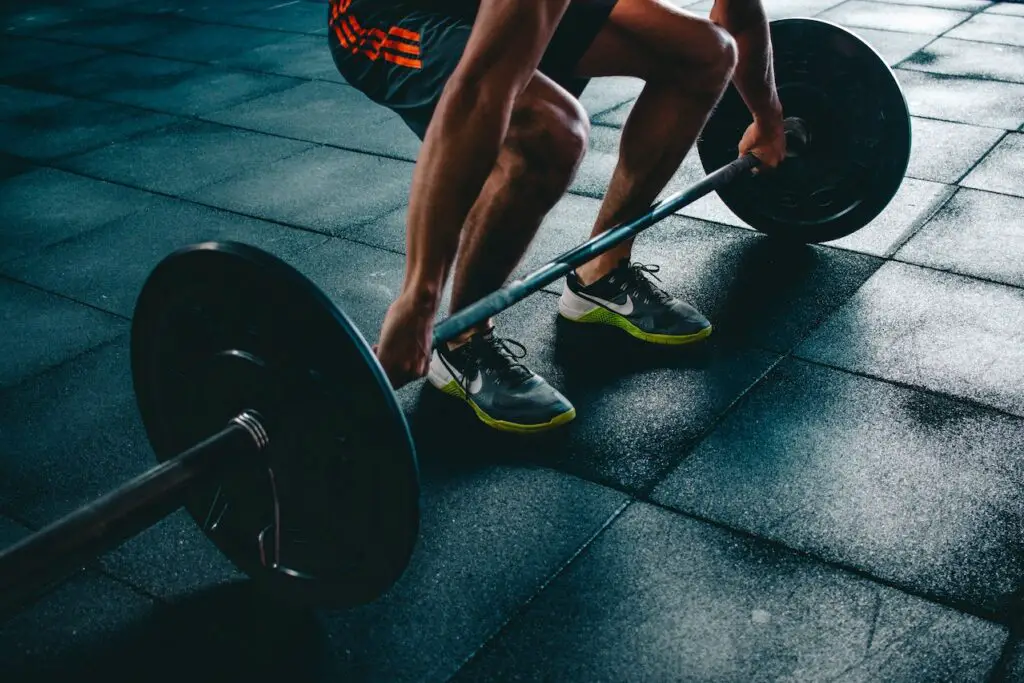
Related: The Best Strength Training Exercises for Men: A Comprehensive Guide for Beginners
Deadlifts
Deadlifts are compound exercises that primarily target the muscles of the lower back, glutes, and hamstrings. To perform a deadlift, start by standing with your feet shoulder-width apart and a barbell in front of you. Bend your knees, hinge at the hips, and grip the barbell with an overhand or mixed grip. Keeping your back straight and core engaged, lift the barbell by extending your hips and standing up tall.
Lower the barbell back down to the starting position with controlled movements. Deadlifts not only build strength and size in the targeted muscles but also engage the entire core for stability and support. By incorporating deadlifts into your routine, you can develop overall core strength and improve your functional fitness.
Incorporating Cardiovascular Exercise
Incorporating cardiovascular exercise into your core training routine is crucial for overall fitness and optimal core strength. Engaging in activities such as running, swimming, cycling, or high-intensity interval training (HIIT) not only helps burn calories and reduce body fat but also contributes to strengthening the core muscles.
These exercises increase heart rate and improve cardiovascular endurance, providing a solid foundation for a strong core. By elevating your heart rate, you promote blood circulation, which delivers oxygen and nutrients to the muscles, including the core. This increased blood flow enhances the efficiency of your workouts and aids in muscle recovery.
Additionally, cardiovascular exercise helps improve overall stamina, allowing you to perform core exercises with greater intensity and duration. By incorporating regular cardio sessions into your core training routine, you’ll experience enhanced physical performance and improved core strength.
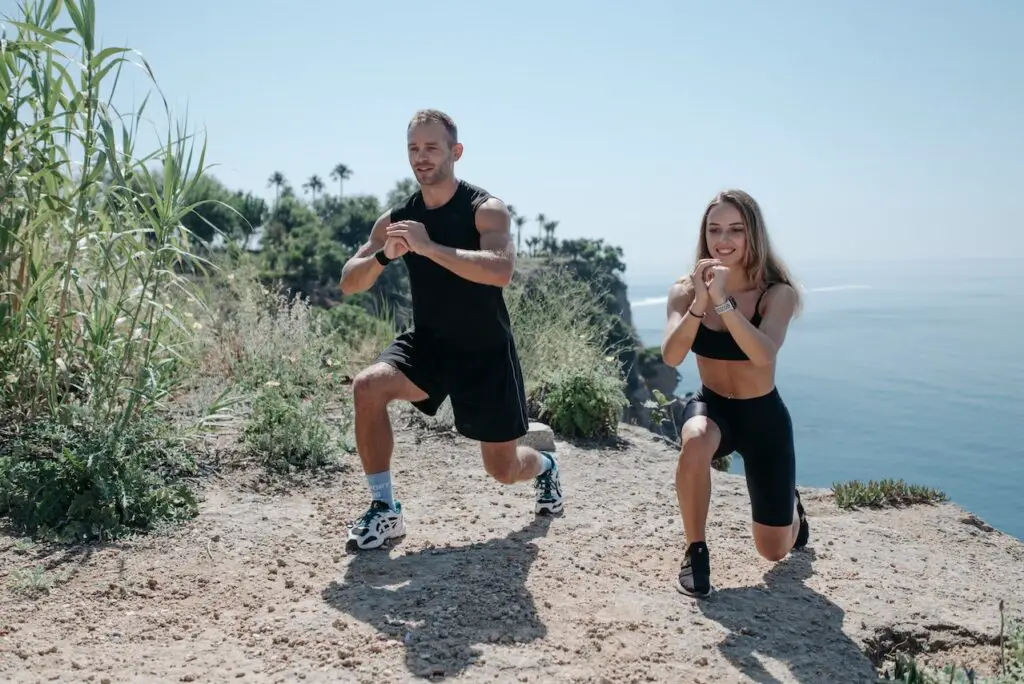
Related: How to Stay Motivated with Your Fitness Routine
Maintaining Proper Form
Maintaining proper form during core exercises is crucial for maximizing results and preventing injuries. When performing any core exercise, it’s important to focus on engaging the core muscles throughout the entire movement. Avoid excessive arching or rounding of the back, as this can strain the spine and lead to discomfort or injury.
Additionally, breathe deeply and consistently, allowing oxygen to flow to the muscles and promoting stability. If you’re new to core exercises or attempting more challenging variations, start with lower intensity exercises and gradually progress to more advanced movements. By prioritizing proper form, you ensure that you’re effectively targeting the core muscles and minimizing the risk of strain or injury.
Rest and Recovery
Giving your body sufficient rest and recovery time is crucial for optimal muscle growth and strength development. Adequate sleep, along with scheduled rest days, allows your muscles to repair and rebuild. Overtraining can lead to fatigue, decreased performance, and increased risk of injuries, so listen to your body and provide it with the rest it needs.
Tracking Progress
Tracking your progress in core training is essential for staying motivated and evaluating your growth. Keep a record of the exercises you perform, the number of repetitions or duration of each exercise, and any modifications or progressions you make over time. Additionally, consider taking measurements of your waist circumference or using body composition analysis to track changes in body fat percentage.
Pay attention to how your body feels during exercises and take note of any improvements in strength, stability, or endurance. Regularly reviewing your progress allows you to celebrate achievements, identify areas for improvement, and adjust your training plan accordingly. It serves as a visual reminder of your hard work and dedication, helping you stay motivated on your journey to building a strong core.
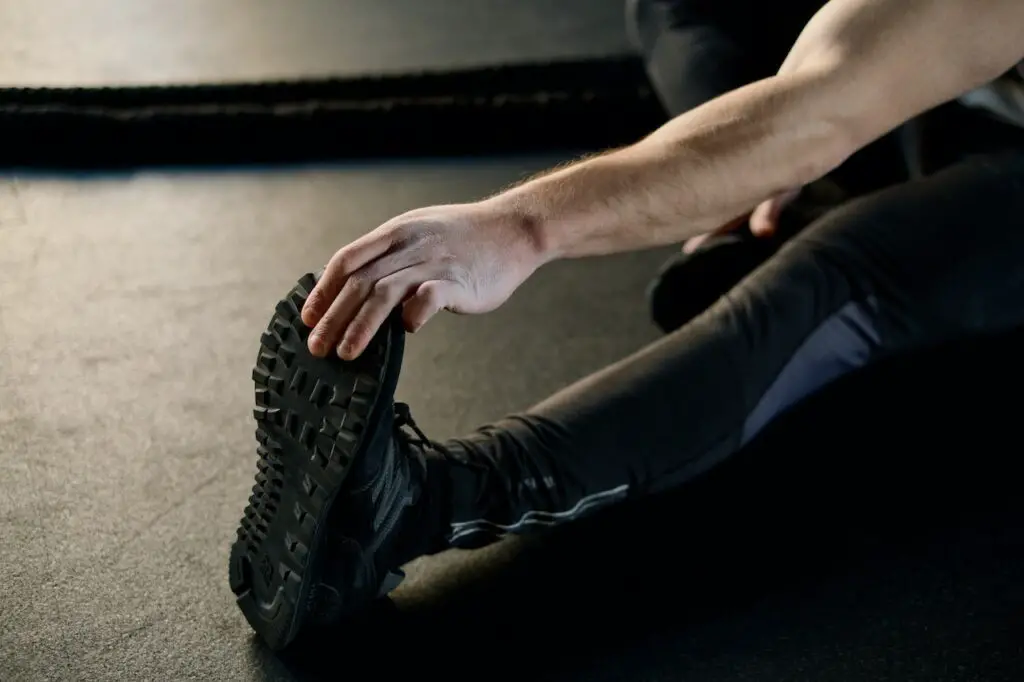
Related: The Benefits of Taking L-Carnitine Supplements for Exercise Performance
Common Mistakes to Avoid
When striving for a strong core, it’s important to be aware of common mistakes that can hinder progress. One common mistake is relying solely on crunches or sit-ups to target the core. While these exercises have their place, incorporating a variety of movements ensures a well-rounded core workout. Neglecting proper form is another mistake to avoid.
Improper technique not only reduces the effectiveness of the exercise but also increases the risk of injury. It’s essential to maintain proper alignment and engage the core throughout each movement. Neglecting other muscle groups is also a common pitfall. The core works in conjunction with other muscles, such as the back and hip muscles, to provide stability and support. Neglecting these muscles can lead to imbalances and hinder overall core strength.
Lastly, not allowing sufficient recovery time is a mistake that can hinder progress. Muscles need time to repair and rebuild, so it’s important to incorporate rest days into your routine. By being aware of these common mistakes, you can ensure that your core-building journey is effective and safe.
Seeking Professional Guidance
For individuals who are new to core training or wish to take their workouts to the next level, seeking professional guidance can be highly beneficial. A qualified personal trainer or fitness instructor can provide personalized guidance, assess your current fitness level, and design a tailored core-training program to help you achieve your goals efficiently.

Strengthening the Core for Specific Sports
Strengthening the core for specific sports is essential to enhance athletic performance and reduce the risk of sport-related injuries. Different sports require specific core strengths and movements. For example, rotational exercises are crucial for golfers to generate power in their swings, while stability exercises are vital for weightlifters to maintain proper form and control during heavy lifts.
By incorporating sport-specific exercises into your core training routine, you can target the muscles and movements directly related to your chosen sport. This targeted approach improves functional strength, agility, and stability, translating into improved performance on the field, court, or track.
Additionally, strengthening the core for specific sports helps optimize body mechanics, enabling athletes to move more efficiently and effectively. Whether you’re a tennis player, soccer player, or martial artist, tailoring your core workouts to your specific sport can significantly enhance your performance and reduce the risk of sport-related injuries.
Related: The Benefits of High-Intensity Interval Training (HIIT) for Men
Core Training for Overall Fitness
Core training is not only beneficial for athletes or individuals participating in specific sports but also for anyone seeking overall fitness and a healthy lifestyle. A strong and stable core is essential for everyday activities and movements.
It improves posture, balance, and body control, which are vital for maintaining proper alignment and preventing injuries during daily tasks. Core exercises engage the deep muscles of the abdomen, back, and pelvis, promoting overall stability and reducing the risk of lower back pain. Additionally, a strong core enhances performance in other workouts by providing a solid foundation for movement and transferring force efficiently.
Whether you’re lifting weights, practicing yoga, or engaging in cardiovascular activities, a strong core improves your ability to generate power and maintain proper form. By prioritizing core training, you’ll experience enhanced physical performance, improved body awareness, and a greater sense of overall fitness and well-being.
Staying Motivated
Building a strong core is a long-term commitment that requires consistency and determination. To stay motivated throughout your journey, set realistic goals, find an exercise routine that you enjoy, and vary your workouts to keep things interesting. Surround yourself with a supportive community, track your progress, and celebrate achievements along the way. Remember that building a strong core is not just about physical strength but also mental resilience.
Conclusion
Developing a strong core as a man is crucial for overall fitness, performance, and injury prevention. By understanding the core muscles, incorporating a balanced diet, performing targeted exercises, and focusing on proper form, you can build a strong and functional core. Remember to prioritize rest and recovery, track your progress, and seek professional guidance when needed. By investing in your core strength, you’ll reap numerous benefits in both your physical and everyday life.
FAQs
How often should I train my core?
It’s recommended to train your core 2-3 times per week, allowing for proper recovery between sessions.
Can I build a strong core without doing sit-ups?
Absolutely! Sit-ups are just one exercise among many that target the core. There are plenty of other effective exercises to choose from.
Will building a strong core help me with back pain?
Yes, a strong core can help alleviate back pain by providing stability and support to the spine.
Can I do core exercises every day?
While it’s important to train your core regularly, giving your muscles time to rest and recover is crucial. Avoid overtraining by incorporating rest days into your routine.
Can I build a strong core without going to the gym?
Absolutely! Many core exercises can be performed at home with minimal or no equipment. Bodyweight exercises like planks and Russian twists can be highly effective in building core strength.

